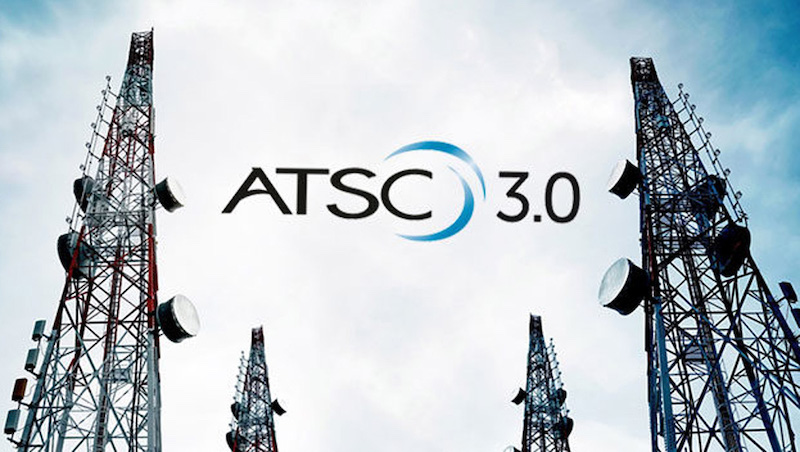
Broadcasters have gotten a green light from the Federal Communications Commission to better pave the way for the next generation of over-the-air TV.
The FCC has adopted rules to help both broadcasters and their viewers during the transition to a new ATSC 3.0 transmission standard, including allowing for a new, if temporary, expansion of broadcast licenses and making clear that broadcasters can strike deals for carriage by another station of their digital multicast subchannels as well as their primary signal.
NextGen TV will allow for interactivity, targeted advertising and emergency alerts, data backhauls, 4K pictures and more.
In adopting a Third Report and Order on Next Generation TV (ATSC 3.0), the FCC said it was “designed to preserve over-the-air (OTA) television viewers’ access to the widest possible range of programming while also supporting television broadcasters’ transition to the next generation of broadcast television technology.”
In 2021, NAB asked the FCC to clarify and modify the TV station license framework for simulcasting to extend to multicast streams. It has now done so.
Also Read: NextGen TV Comes to Birmingham
Since the ATSC 3.0 standard is not backward compatible, viewers would either need a new set or an adapter. Since there is no subsidy for either — as there was for adapters in the analog-to-DTV transition — the FCC is requiring broadcasters to simulcast their primary programming stream in the 1.0 format so the fewest number of viewers possible will lose access to that primary channel during the transition. But a TV station can't broadcast a 1.0 and 3.0 signal from the same facility.
With that limitation in mind, the FCC in 2017 said it would allow stations broadcasting in 3.0 to contract with another station to deliver its 1.0 simulcast of the primary signal. It also allowed for special temporary authority to do the same with multicast signals.
The National Association of Broadcasters asked for the FCC to expand TV station licenses to include the multicast channels so those negotiations would no longer have to be under a special temporary authority.
The channels will still be temporary, since this regime is only during the transition to the new transmission standard — “until the Commission eliminates the mandatory local simulcasting requirement” — but the multicast channels will be separately authorized channels under the originating station’s license.
The FCC also said it would limit the number of ATSC 1.0 multicast channels that can be hosted to the number the originating station could have hosted using its own spectrum. But it will allow stations to strike deals with more than one station to host their primary stream “to minimize the impact of 1.0 primary service loss that would result if the originating station were only able to air its primary stream on a single host.”
The FCC said the simulcasts will not trigger ownership/attribution issues for the stations hosting the channels and a noncommercial station can host simulcasts without affecting its noncommercial status, emphasizing that, again, these are temporary measures to protect viewers during the transition. Noncommercial stations had sought that flexibility.
The FCC in 2017 required broadcasters’ primary ATSC 3.0 signal and 1.0 simulcasts to be substantially similar and said that mandate would sunset July 17, 2023, which turned out to be a tad optimistic. That date has been pushed to July 17, 2027.
“NAB applauds today’s FCC order, which will enable broadcast television innovation,” president and CEO Curtis LeGeyt said. “NextGen TV holds the potential to offer tremendous benefits for viewers. To unlock that potential, broadcasters are undergoing a complex and challenging transition. The steps the Commission has taken today — to facilitate the hosting of multicast programming and provide an end date to a rule mandating identical ATSC 1.0 and 3.0 broadcasts — will help make that transition possible. We appreciate the commissioners’ leadership and the hard work of the staff, and we look forward to continuing to work with the FCC to bring the benefits of NextGen TV to viewers.”







